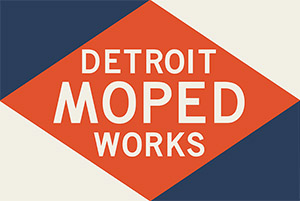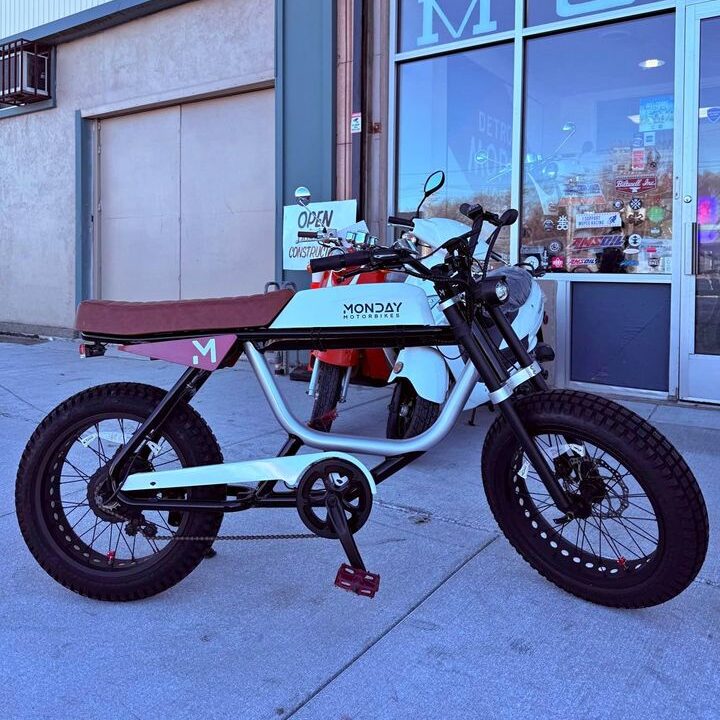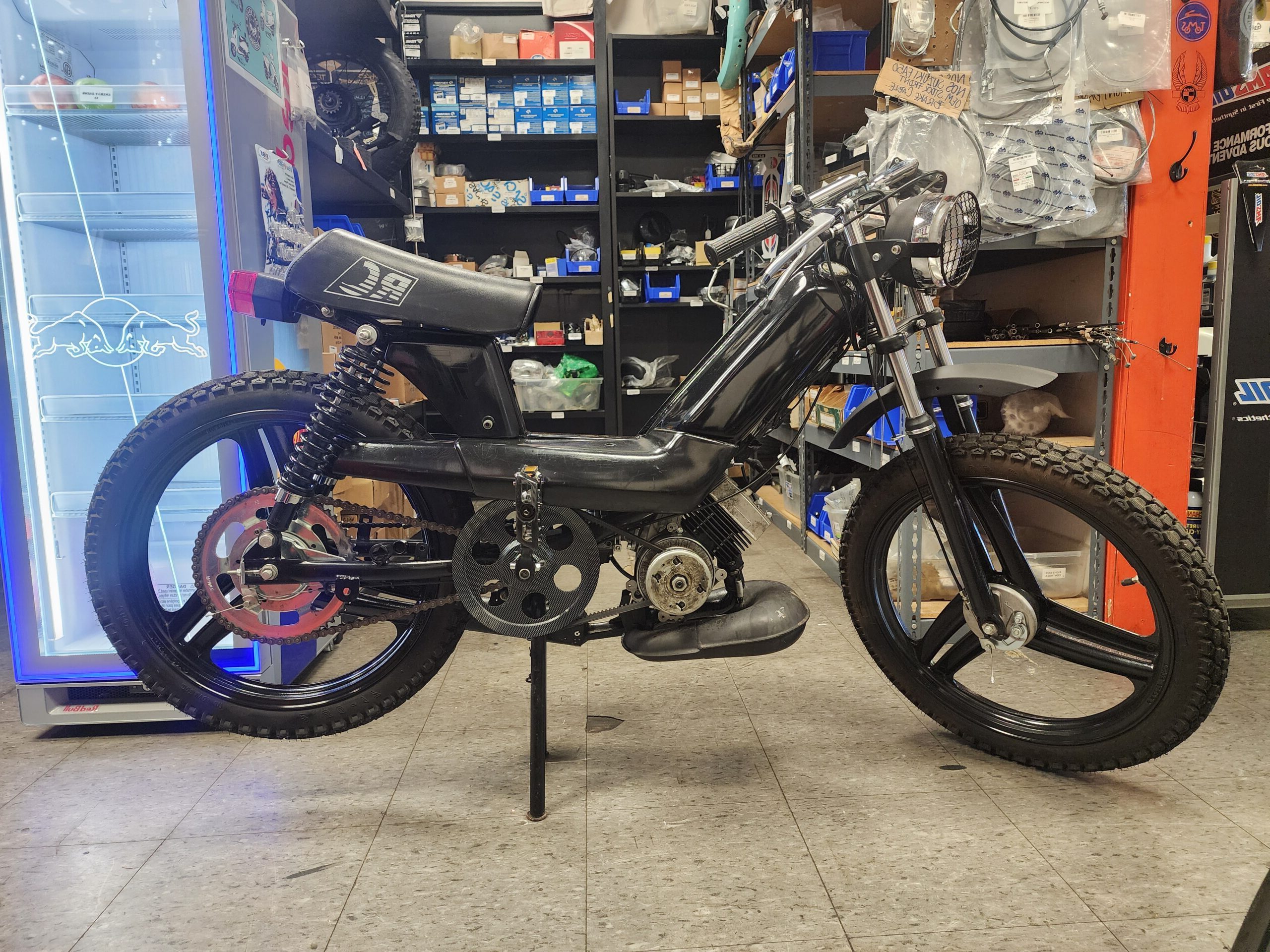In 2017, Detroit Moped Works began recreating old moped decals. It started as a personal project, using a cutter that we originally intended to use for cutting gaskets. As more people in the moped community saw the possibilities, we began devoting more time toward creating faithful reproductions as well as custom, one of a kind designs.
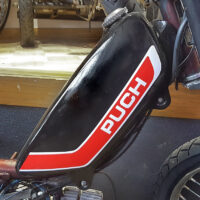
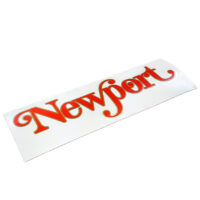
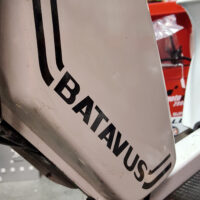

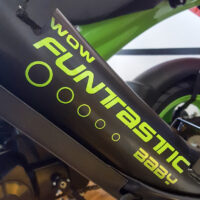
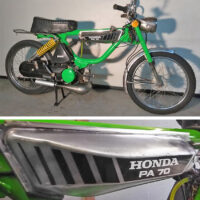
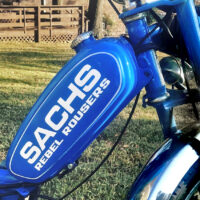
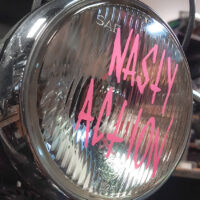
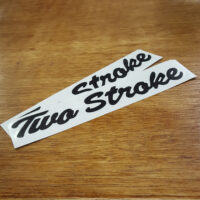
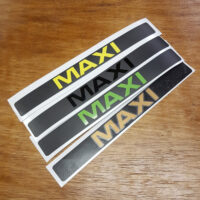
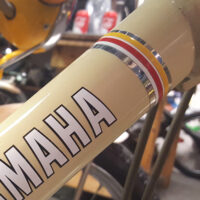
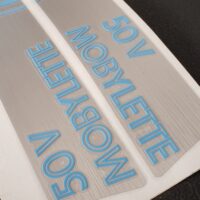

Every reproduction decal is based closely off of its original design and is painstakingly reproduced by hand, line for line. They are all digitally vectorized and machine cut onto high quality adhesive vinyl. We even use color swatches to match colors for the most faithful reproduction possible. But how do we get those original designs? And if you want us to recreate decals for you, how can you help? Read on for different options!
Using new old stock decals
The best case scenario is finding NOS decals that have never been applied to a moped. We’re able to scan those at 300 dpi, making the digitizing easier and faster than any other method. NOS decals are usually in better condition, without the normal wear and tear of 30-40 years of being on a moped. They’re cleaner, the colors are less likely to be faded, they typically won’t be ripped or scratched and they won’t be stretched or warped.
Detroit Moped Works has been fortunate to locate NOS decals from old dealer buyouts. We’ve acquired mopeds and parts from people who have unused decals that have been sitting in bags, envelopes or milk crates for twenty years. In some cases, it’s not the full set but even one part of a decal can be enough to help us get started.
Removing the original decals
In some cases, a moped’s decals are still intact but the owner may be repainting it or wants decals in a different color. In these scenarios, an option is to peel off the original decals from the tank and frame. A heat gun can be used to weaken the adhesive and improve the chance to peel the entire decal in one piece.
Aside from potentially tearing the decal, this method runs the risk of warping it. Heat may cause it to wrinkle and peeling it may cause it to stretch. A solution to this is to cover the decal with clear packaging tape before exposing it to heat. Doing this will put more stress on the tape when peeling it off the moped and can help keep the decal intact. Make sure you lay the tape flat against the decal in a way that doesn’t obstruct the details that need to be reproduced.
Most of all: be patient! This is a project that you may need to stop and come back to over the course of minutes, hours or even days. You’re trying to remove something that’s been in place for decades. Also, be willing to accept that sometimes a decal won’t come off nice and neat, no matter how hard you try. When that happens…
Photographing and measuring decals
If decals are in less than pristine condition, it’s often easier to photograph them head on and take measurements. For smaller, simple decals, a regular stick ruler may suffice.
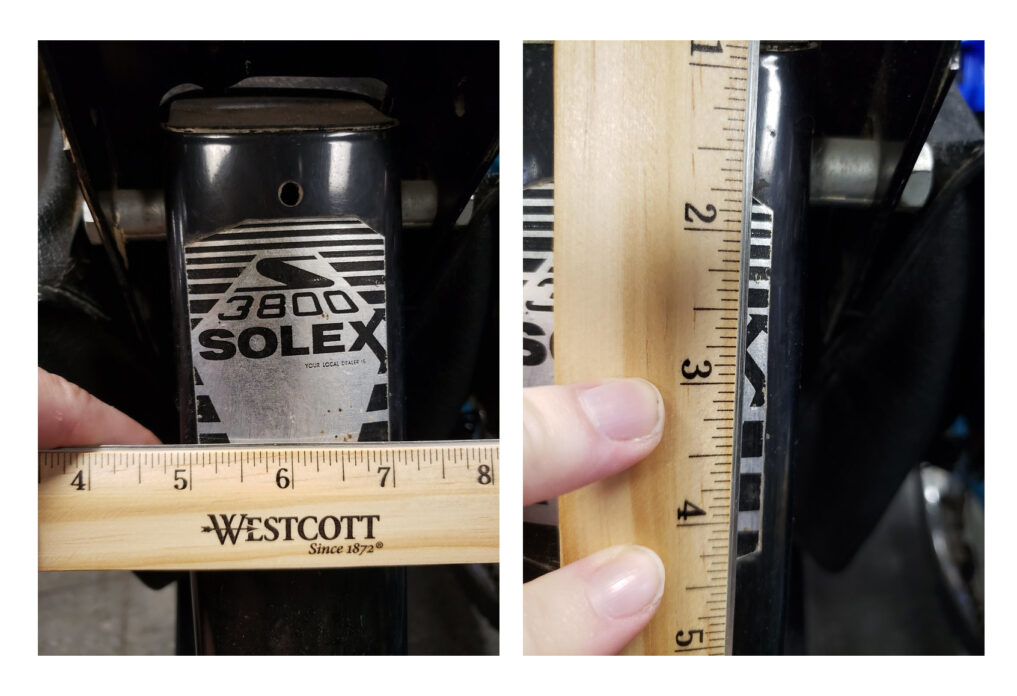
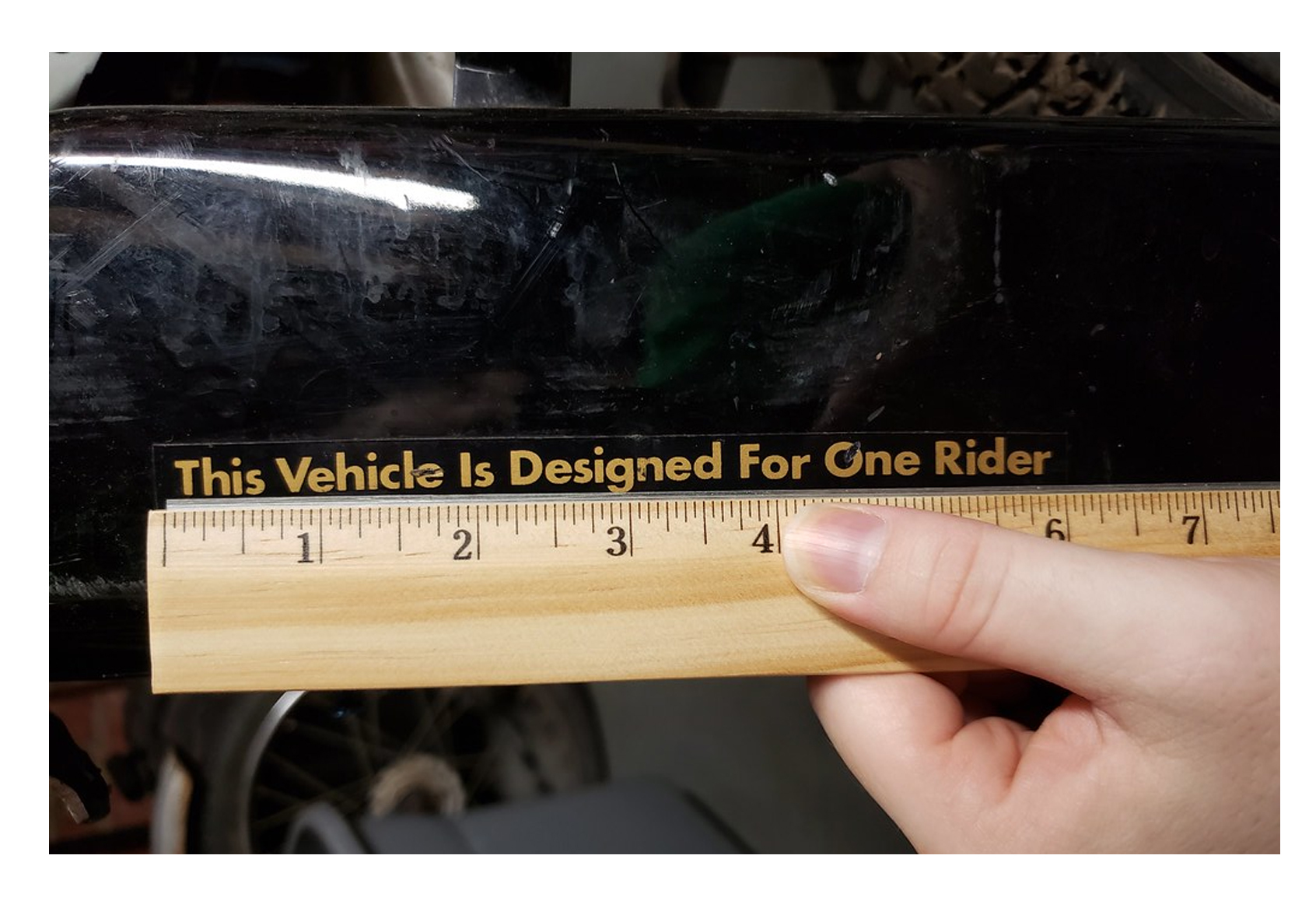
However, we recommend using sewing tape, which is the measuring tape found in sewing kits. It’s durable and can be wrapped around curved surfaces, making it easier to accurately measure tanks and frames. They can be taped in place using any household tape to allow hands free photographing.
From there, it’s time to measure everything. And we do mean everything. In order to get accurate measurements, it’s important to measure every line, every letter, every edge. Be sure to get photographs that show areas in their entirety as well as close ups for the tiny details. We recommend measuring in centimeters for extra accuracy. And be sure to take some photos head on so we can get the proportions right!
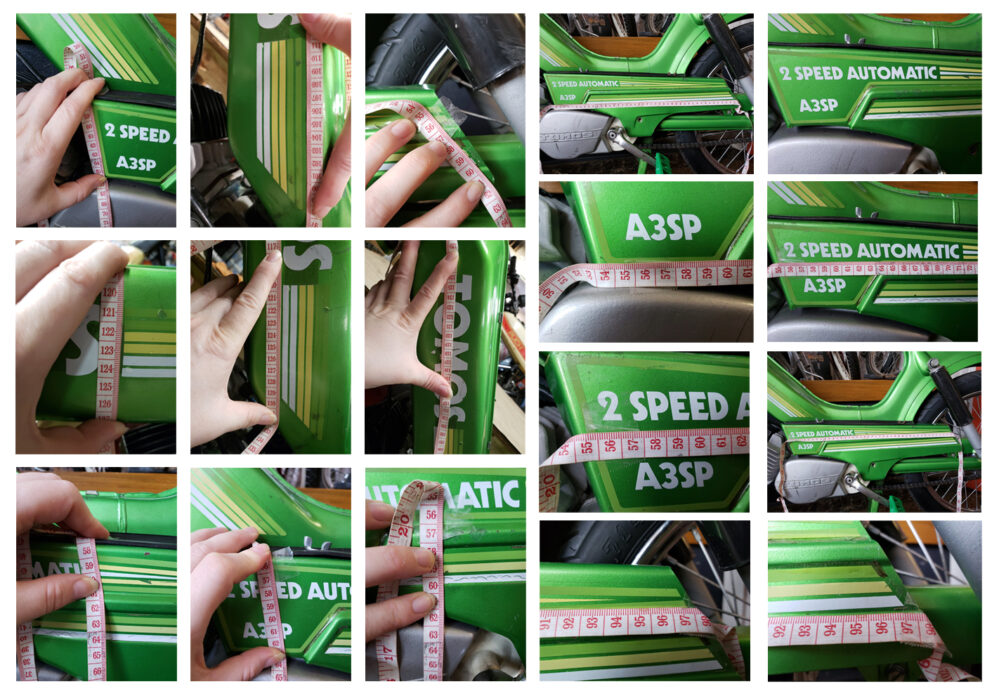
Sometimes, a decal design may have curves that are hard to convey in photographs Or maybe the decal is completely gone but the surface has an indent where it used to be. A quick solution to this is to take a piece of paper and lightly etch over the surface with a pencil or crayon. This, in turn, can be scanned and sent to us with the other photographs.
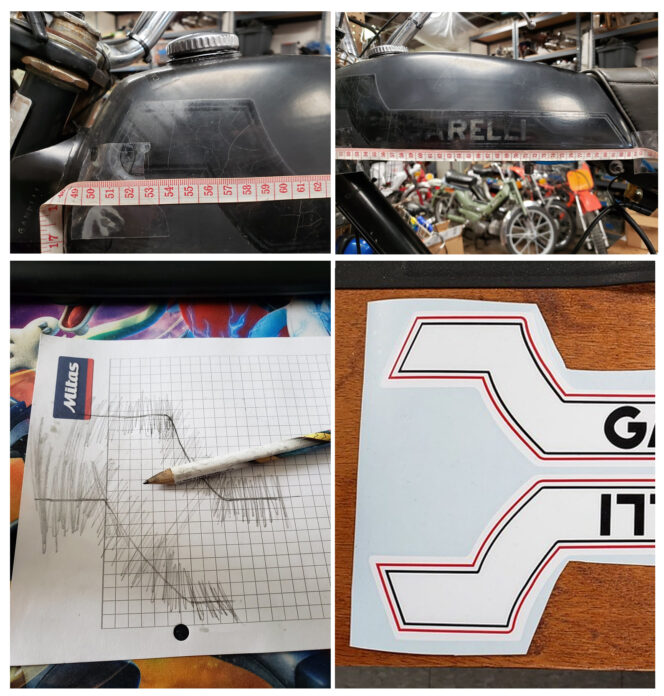
We wish all decals were in great shape, but if that were the case there wouldn’t be a need to remake them. If you have something that’s falling apart – like the notorious Gadabout – just measure and photograph it the best you can.
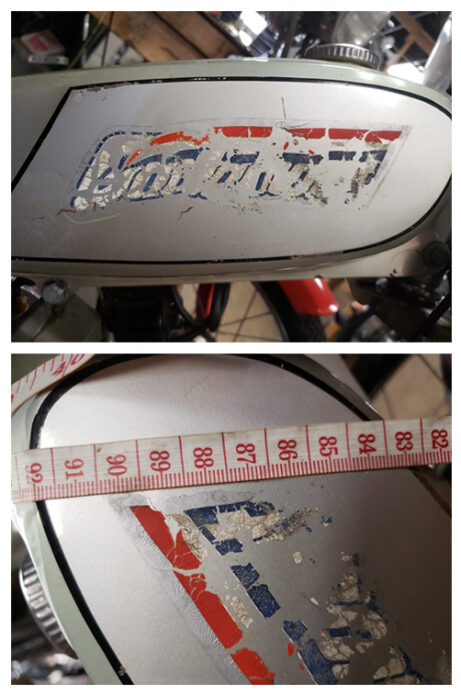
Regardless of the condition, more photographs are better than not enough! Other important tips:
- Ensure your photos are well lit
- Keep a steady hand (or have someone else take photos for you)
- Take high resolution photos
- Make sure the photos are in focus
Bringing your moped to Detroit Moped Works
If the other options aren’t feasible or you feel more comfortable with us taking charge, you can arrange to bring your moped to Detroit Moped Works for us to take measurements of the decals you want us to reproduce. This way, you can be confident that everything is documented accurately so the new decals match the old ones.
Before you take any of these steps, contact us! We’re always in the process of making new decals. As you can see, it’s an intricate process just to get proper measurements. Turning them into digital files, then cutting and assembling the vinyl takes time, and we often work on these projects in stages depending on the demand. We may have already started on the project you want us to work on! So before you load up your moped, break out your tape measurer, or scour the internet for NOS decals, contact us first.
